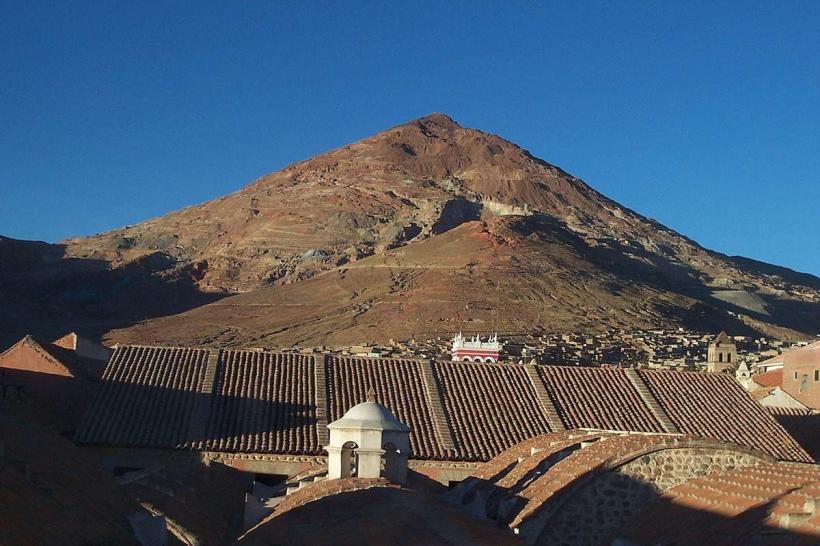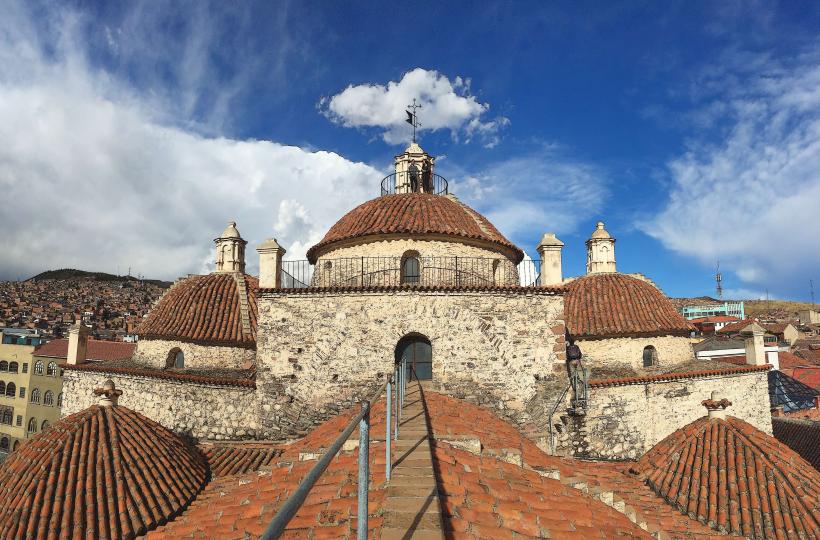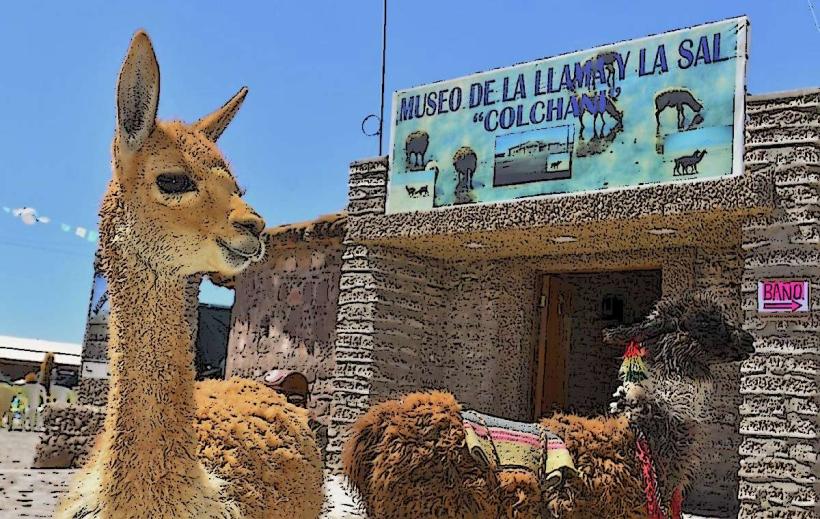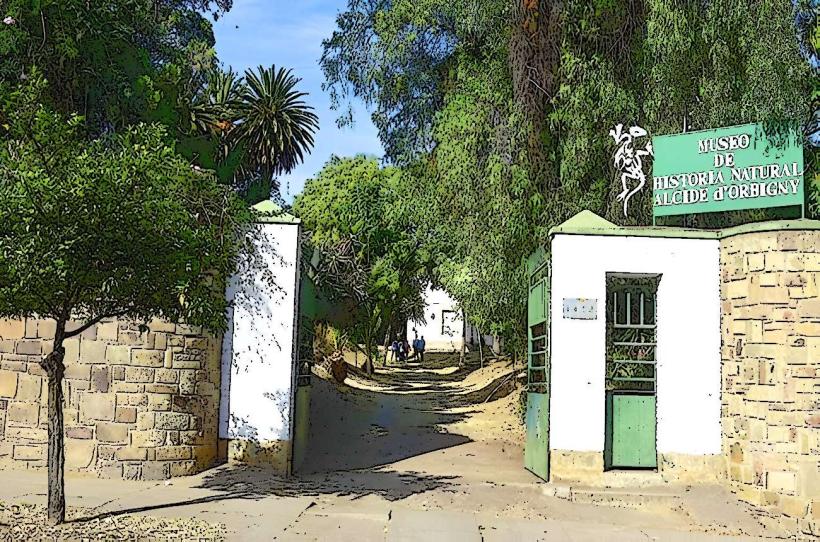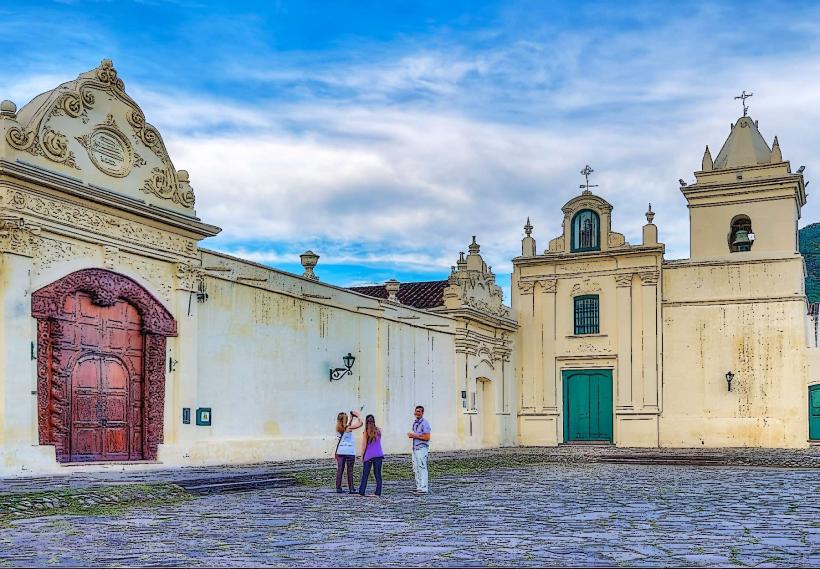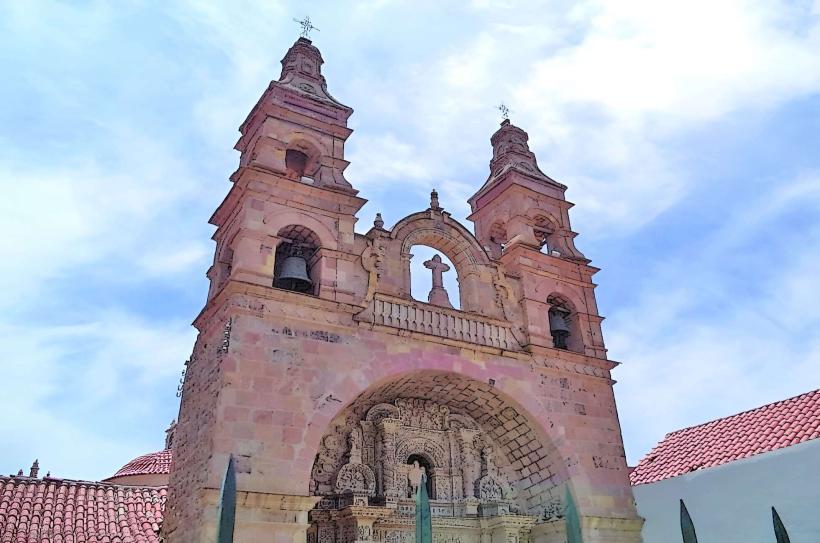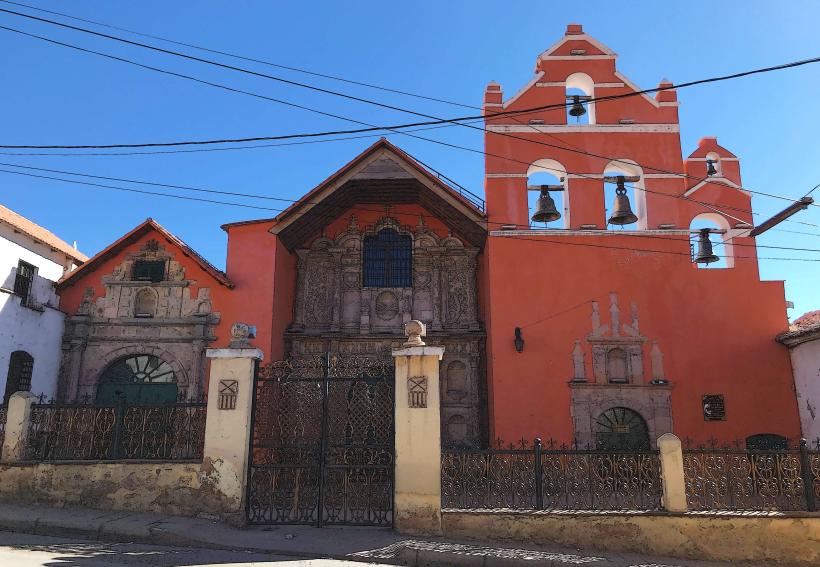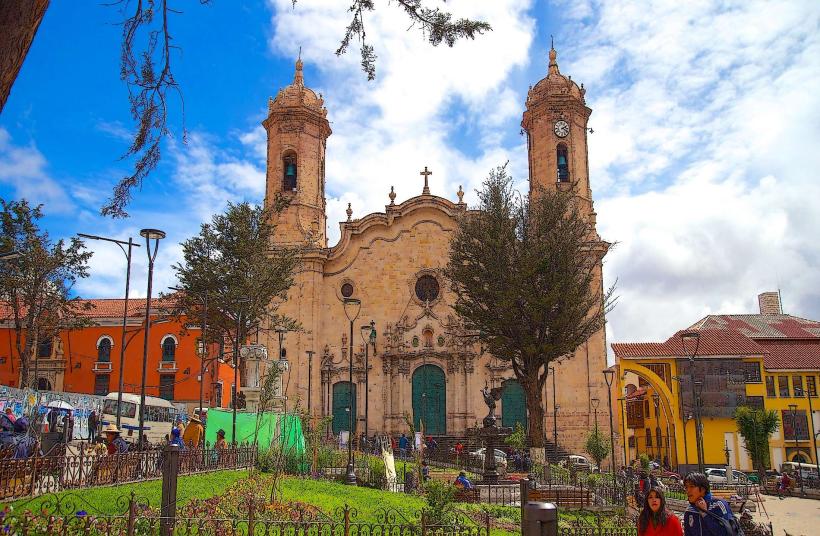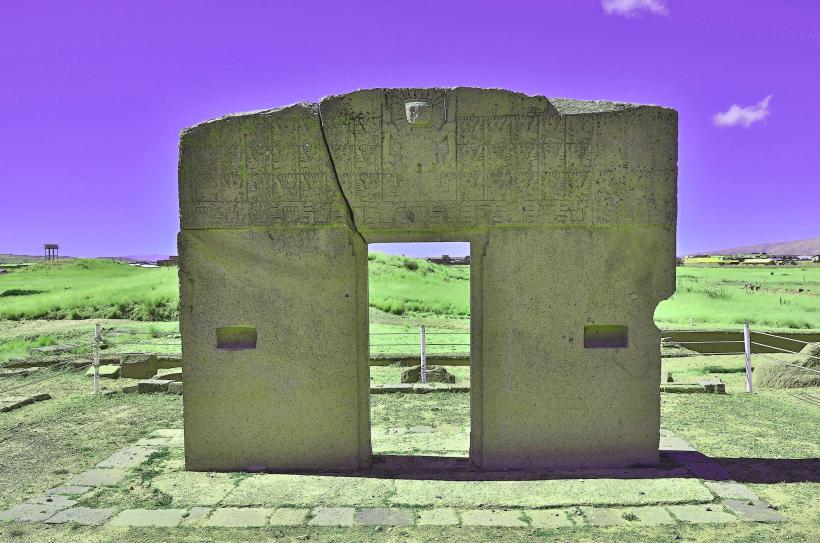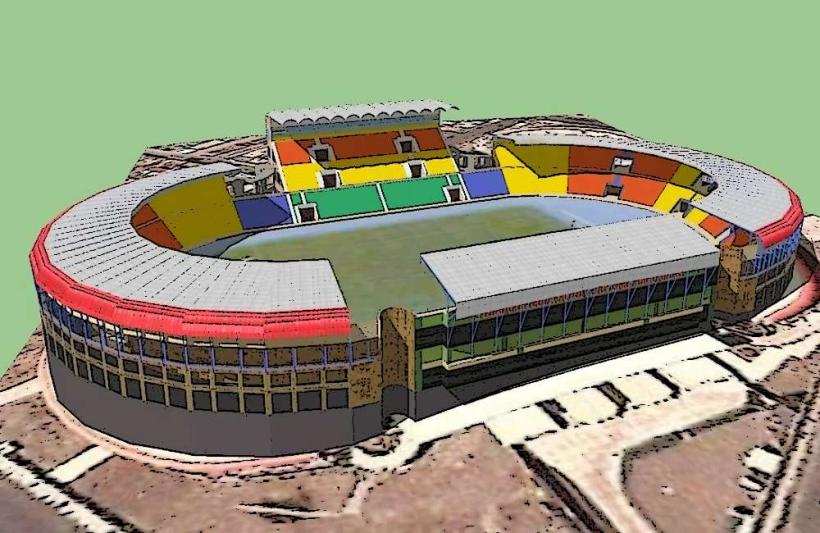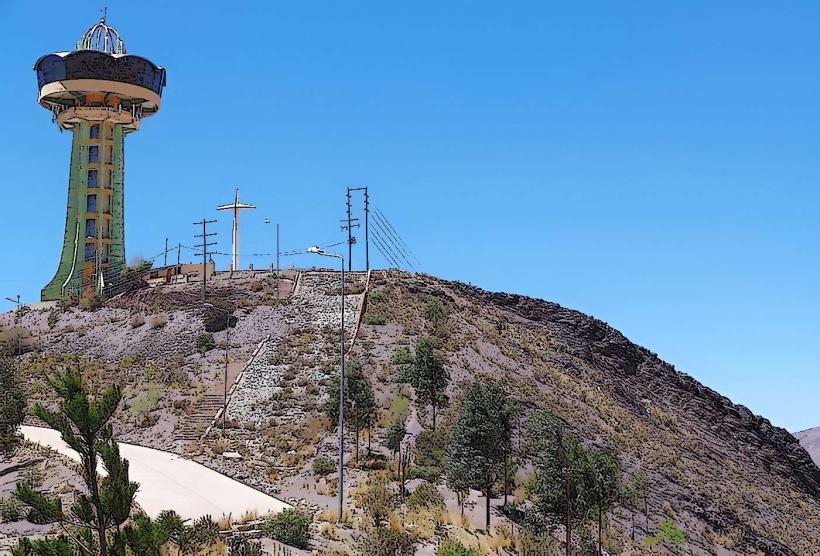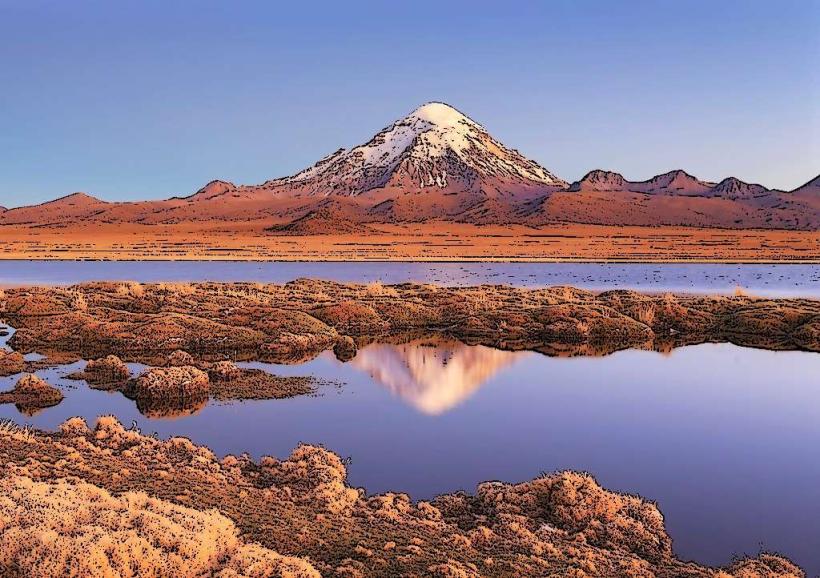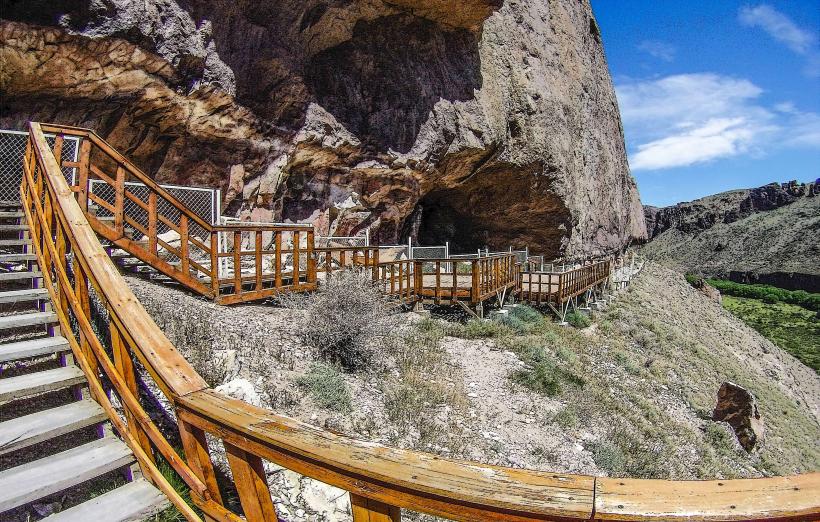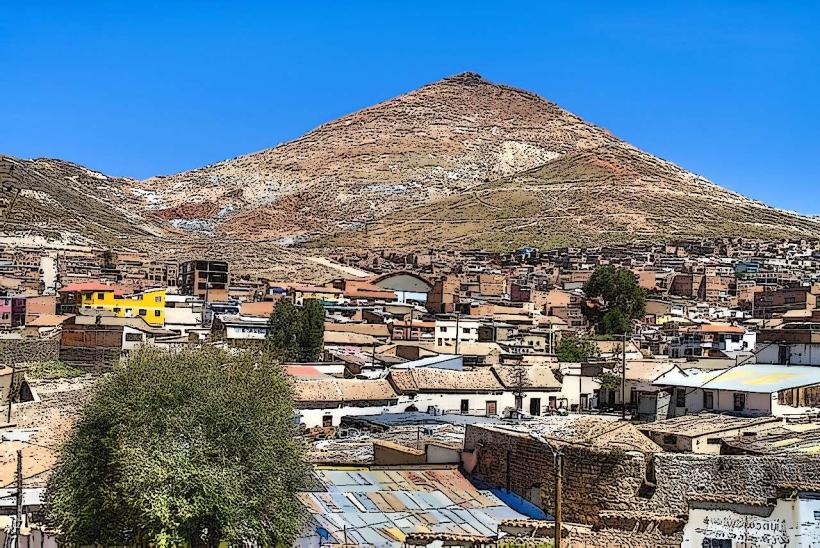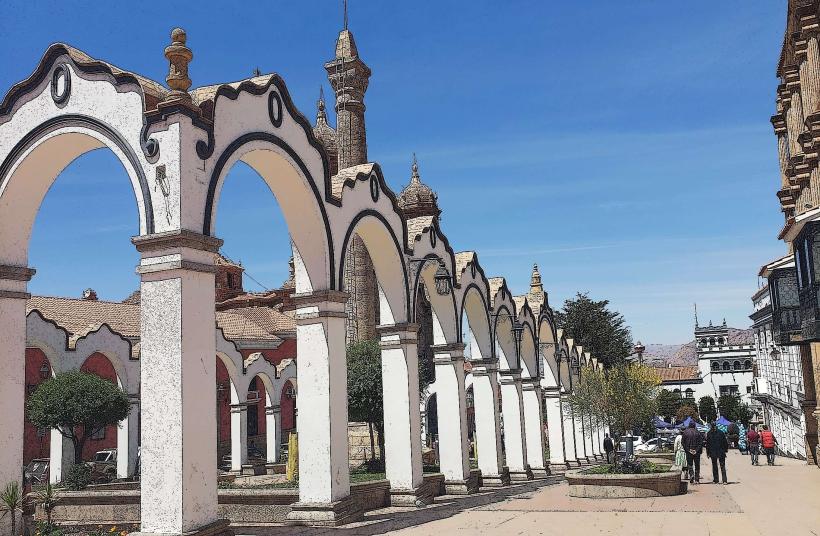Information
Landmark: Museo del Banco Central de BoliviaCity: Potosi
Country: Bolivia
Continent: South America
Museo del Banco Central de Bolivia, Potosi, Bolivia, South America
Overview
In Potosí, the Museo del Banco Central de Bolivia stands as another key branch of the Central Bank’s cultural and historical museums, its stone façade catching the high-altitude sunlight.Potosí-once flush with silver wealth and echoing with the clang of miners’ hammers-makes a perfect home for a museum that tells the story of the region’s economy alongside Bolivia’s rich cultural and artistic heritage.The museum sits in Potosí’s historic heart, a UNESCO World Heritage site famed for its ornate colonial facades and its central role in the Spanish silver trade.The museum sits in a colonial-era building, its whitewashed walls once echoing with the bustle of the city’s economic and political life.The city’s architecture still shows the wealth Potosí amassed during its mining boom in the 16th and 17th centuries, from carved stone facades to gilded church altars.At the Museo del Banco Central de Bolivia in Potosí, you’ll find exhibits tracing the city’s pivotal role in the Spanish colonial economy, alongside vivid displays of Bolivian art and culture that unfold across the centuries.First.The museum brings Potosí’s silver mining past to life, showing how the glitter of its ore once made the city one of the wealthiest in the world under Spanish rule.The exhibits feature vivid explanations and artifacts that show how mining worked, the harsh conditions workers endured, and why silver mattered so much to the Spanish crown and the world’s economy at the time.Mining tools, silver coins, and scale models of the mines offer a vivid glimpse into how silver was pulled from the rock and refined, right down to the glint of metal in a miner’s pan.Number two.Like the museum in Sucre, the Potosí branch showcases a wide range of pre-Columbian artifacts, from delicate Tiwanaku pottery to intricate Inca jewelry.The collection features ceramics, handwoven textiles, gleaming silver jewelry, and intricate stone carvings, all telling the story of Bolivia’s vibrant culture before the Spanish arrived.In this region, the Inca influence stands out-Potosí was once a vital hub of their empire, and the museum holds artifacts like finely worked silver bowls that echo its rich cultural legacy.Three.The museum showcases a range of colonial-era pieces, from oil paintings and carved wooden sculptures to worn silver chalices once used in worship.You can see the mark of Spanish colonial rule and the Catholic Church in these works, from the carved wooden saints to the bright festival banners.Colonial-era paintings and sculptures capture vital religious themes, and many reveal how Indigenous and Spanish styles blended in Bolivia-like a carved saint’s robe edged with native floral patterns.Number four.The museum also highlights contemporary Bolivian art, featuring vivid pieces by both indigenous and mestizo artists.The modern art collection traces the shifting spirit of Bolivian identity, weaving in bold colors of Andean tradition, sharp reflections on social struggles, and echoes of the nation’s political past.Artifacts and paintings by today’s Bolivian artists create a vivid link between the nation’s history and its lively present, like colors from an old festival woven into a new canvas.Number five had been scrawled in thick black ink, the edges still a little smudged.The museum holds a remarkable collection of old coins and worn banknotes, each piece charting the story of Bolivia’s currency through the years.Close attention focuses on the Potosí minting process, since the city once churned out silver coins that rang in merchants’ hands across the Spanish empire.Visitors can view original coins from the Potosí mint, each struck during the Spanish colonial era and still bearing the sharp imprint of its age.The museum offers a space where visitors can uncover the economic role Potosí played in Bolivia’s past, especially its silver mining-once so abundant you could hear the clang of metal echo through its streets.You’ll find guided tours and learning materials that explore Bolivia’s cultural journey-from pre-Columbian roots to colonial times and into the modern day, with stories that bring ancient stone carvings to life.Public Programs: The museum hosts temporary exhibits, hands-on workshops, and lively cultural events, turning its halls into a vibrant place to explore the region’s history and heritage.Nearby Attractions - Cerro Rico de Potosí: this towering, wind-swept mountain once filled the city’s coffers with silver pulled straight from its dark tunnels.You can step into the cool, dim tunnels of the mountain’s mines and see for yourself the harsh, backbreaking work that once shaped Potosí’s history.Plaza 10 de Noviembre is Potosí’s main square, ringed by grand colonial buildings and churches like the Iglesia de San Francisco and the towering Catedral de Potosí.Casa Nacional de la Moneda, or the National Mint House, is a museum in Potosí that showcases the city’s colonial-era coin production, where silver once rang loud against the presses.Potosí sits high in the Andes-about 4,070 meters, or 13,350 feet-so the air stays chilly, and winters can feel sharp and biting.You’ll get the most out of your trip in the dry season, April to October, when the air stays pleasantly warm and streets are perfect for wandering.Think about timing your trip to coincide with a local festival-maybe the Potosí Carnival in February, where the streets burst with music and dancing, or the Independence Day celebrations on November 10, alive with colorful traditions and pride.In Potosí, the Museo del Banco Central de Bolivia offers a vivid look at the nation’s history, economy, and art, with silver mining and colonial rule gleaming at its core like coins in dim museum light.Its collections reveal the immense wealth Potosí amassed in the colonial era, and they also showcase the country’s diverse cultures and artistry-bright weavings, intricate silverwork, and bold paintings that still catch the eye.Anyone curious about Bolivia’s history, art, or economy should put this place on their list-you can almost hear the echo of old market bells in its streets.

